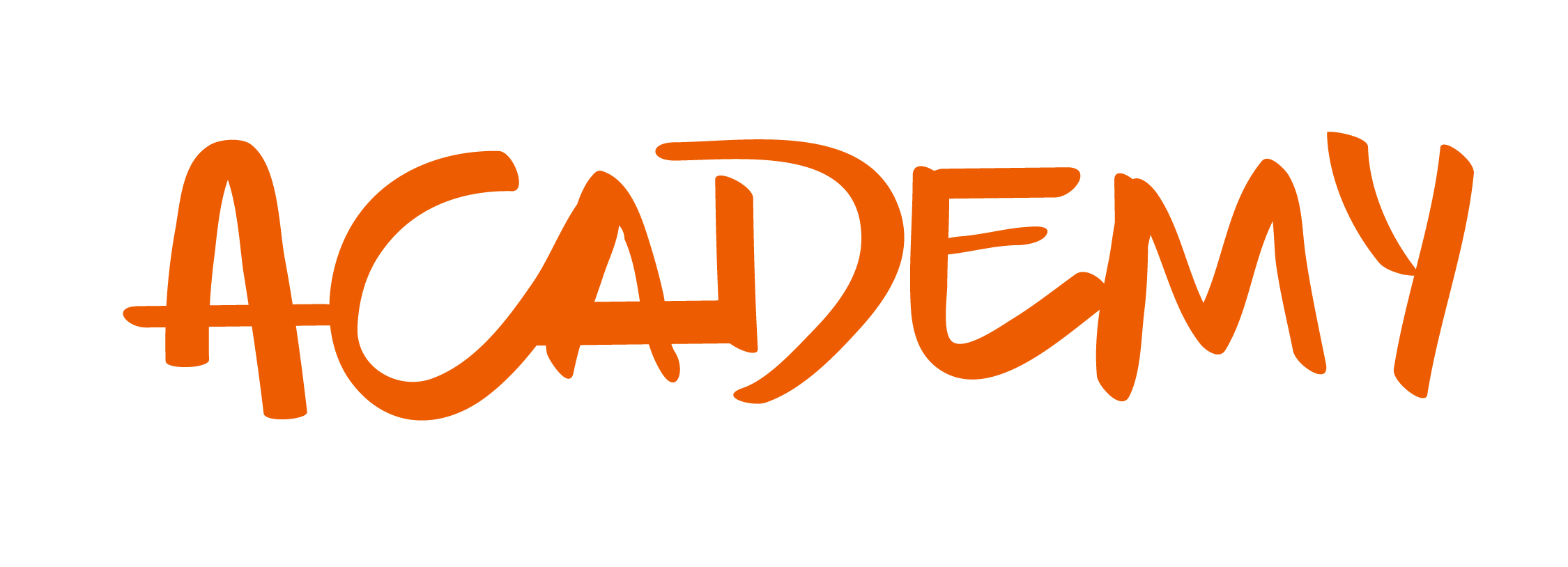Transparency in consulting goes beyond simply sharing information. It’s about building a trusting relationship with the client, where both parties feel comfortable sharing ideas, concerns, and expectations. Transparency involves being honest about the strengths and weaknesses of the consultancy, as well as the potential risks and challenges that may arise during the project.
When a consultancy is transparent, the client feels more secure and confident in making decisions based on the information provided. This not only helps to avoid misunderstandings and conflicts in the future but also allows both parties to work together more effectively to achieve the established goals.
The Positive Impact of Transparency in Consultancy Management
Transparency can help establish a solid foundation for making informed decisions. When clients have access to all relevant information, they can better evaluate the available options and make more accurate decisions. This not only benefits the clients but also the consultancy, as misunderstandings are avoided and the chances of decisions being made based on incorrect or incomplete information are reduced.
Moreover, transparency can foster an environment of mutual learning and growth. When the consultancy openly shares its knowledge and experience with clients, the clients have the opportunity to acquire new knowledge and skills. This can strengthen the relationship between both parties and contribute to the long-term success of the project.
Another important benefit of transparency is that it can help identify and address any issues or challenges in a timely manner. By maintaining open and honest communication, both the consultancy and the clients can detect any obstacles or difficulties that may arise during the project’s development. This allows for quick and efficient corrective measures, preventing problems from becoming insurmountable obstacles.
Improving transparency in any field requires the implementation of key practices. Among them we can find:
Clear and Frequent Communication
Maintaining open and constant communication with clients is essential. This involves keeping them informed about the project’s progress, milestones reached, and any changes to the plan. To achieve this, it is important to establish a clear line of communication and schedule regular update meetings. Additionally, providing detailed periodic reports allows clients to have a comprehensive and accurate view of the project’s status.
Realistic Expectations
From the beginning of any project, it is crucial to set clear and realistic expectations. This means being honest with clients about what can be achieved and within what timeframe. It is important to consider the available capabilities and resources to avoid promising results that cannot be delivered. Setting realistic expectations helps to avoid disappointments and build a trusting relationship with the client.
Transparency in Billing
Transparency in billing is another key aspect of building strong relationships with clients. Providing clear details about costs, including a detailed explanation of any additional charges, is fundamental. This helps to avoid unpleasant surprises and reinforces the client’s trust in the consultancy. Additionally, providing a clear description of the services included in the cost and any additional services that may require extra charges ensures transparency and clarity in billing.
Admitting Mistakes
In any project, mistakes or setbacks can arise. In such cases, it is vital to admit them immediately and work proactively to resolve them. Honesty and transparency are crucial in these situations. Admitting mistakes shows integrity and commitment to quality service. Moreover, working quickly to solve problems demonstrates a commitment to client satisfaction and delivering high-quality results.
Feedback and Continuous Improvement
Encouraging and valuing client feedback is an essential practice for continuously improving the services offered. Feedback provided by clients can be a valuable source of information for identifying areas of improvement and opportunities for growth. Additionally, feedback allows for adjustments and improvements to the consultancy’s internal processes, which in turn leads to a better client experience. Valuing and acting on feedback demonstrates a commitment to client satisfaction and continuous improvement.
Conclusion
Transparency with clients is not just an ethical practice, but a smart business strategy. In an industry where competition is intense and relationships are key, being transparent can set a consultancy apart from its competitors and ensure long-term success. By building trust, enhancing collaboration, and ensuring client satisfaction, consultancies that prioritize transparency are better positioned to thrive in a demanding and constantly evolving market.














